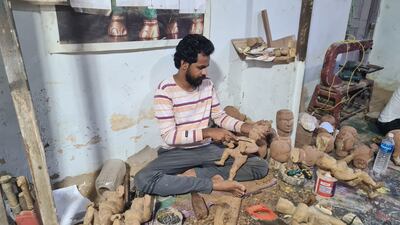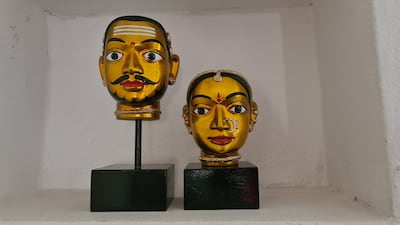


















Kinnal dolls: how one Indian man is keeping a traditional art alive through Instagram
Using social media, Kinnal craftsman Santoshkumar Chitragar is changing the narrative of the eponymous craft
Bindu Gopal Rao
August 06, 2021
- Listen in English
- Listen in Arabic